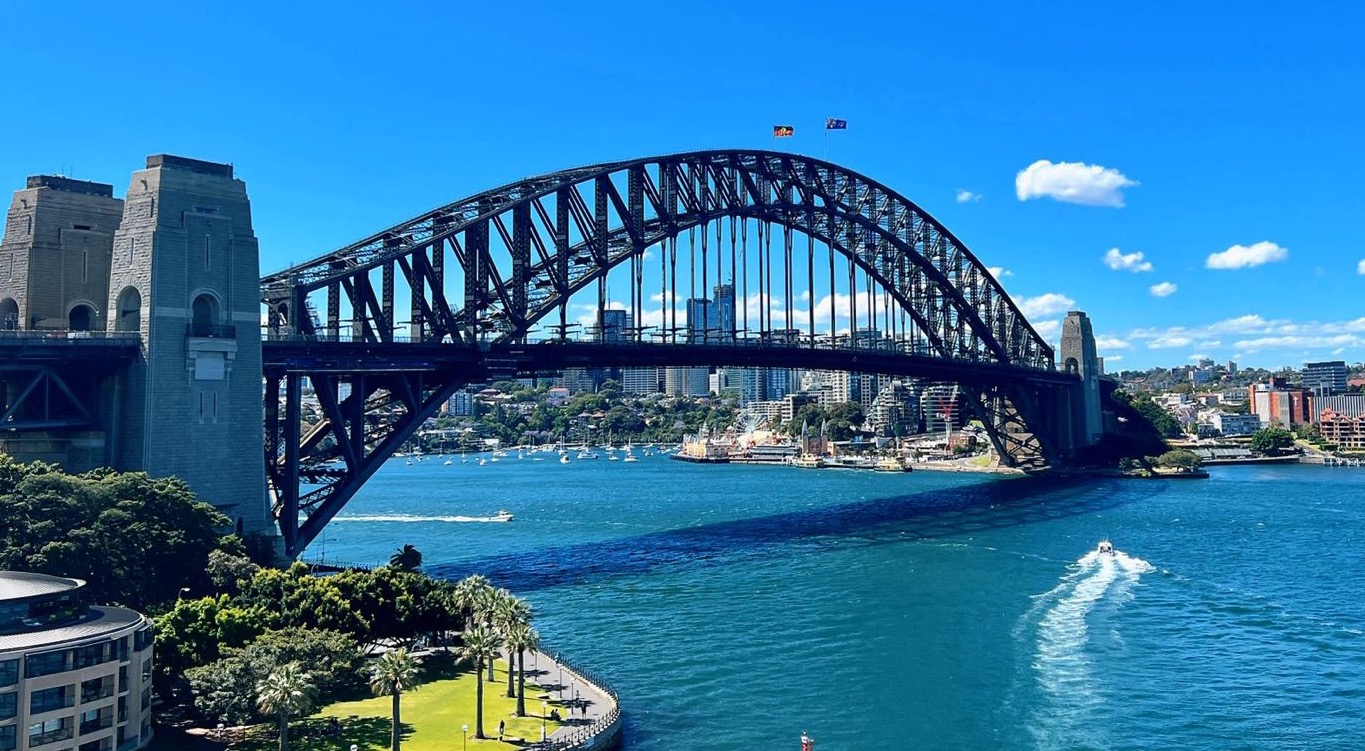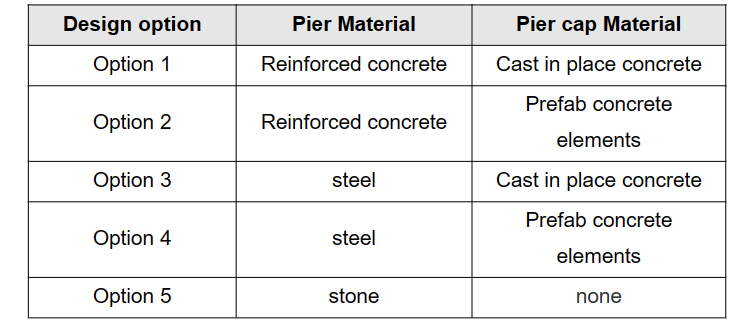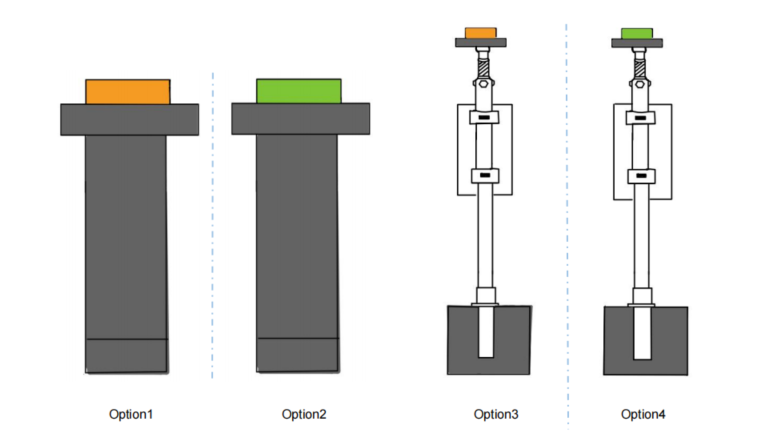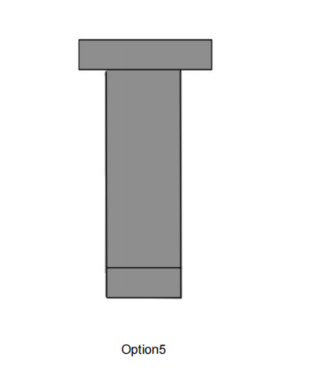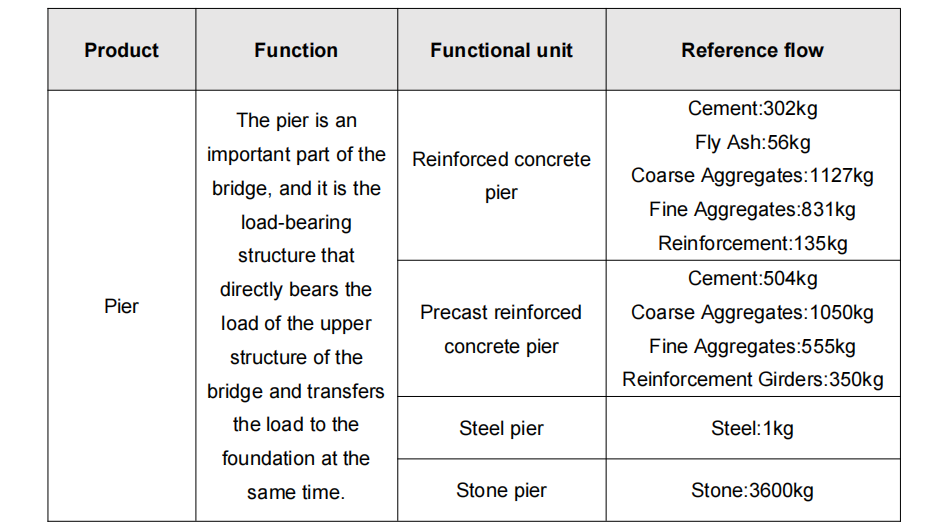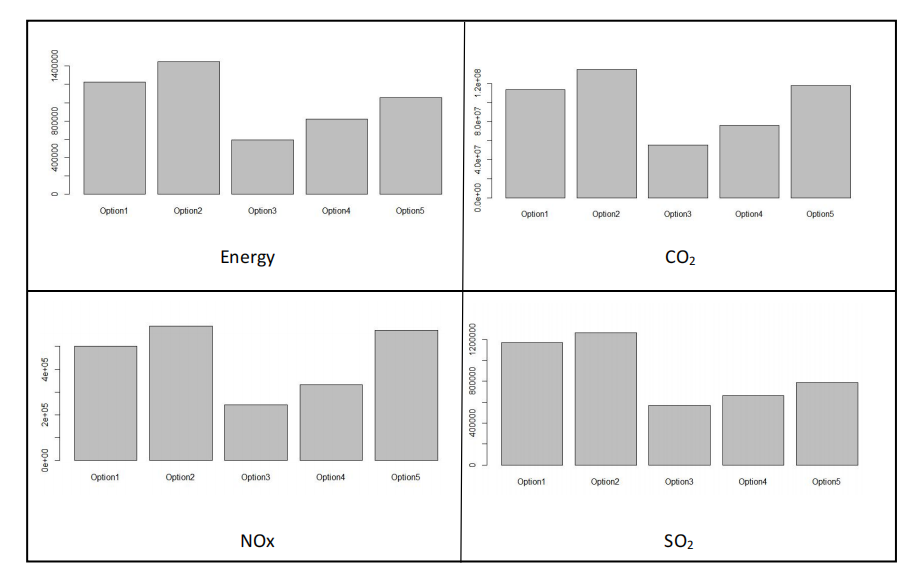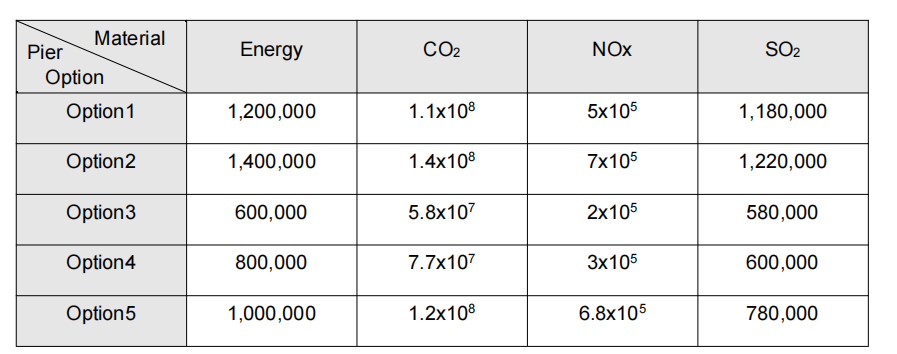Introduction
During the entire life cycle of highway bridge design, construction, operation and demolition, it will not only consume a lot of resources and cause a lot of pollutant discharge, but also cause expensive economic losses. In order to meet the sustainable development requirements of bridge engineering construction, it is of great significance to carry out comprehensive quantitative analysis of the environmental impact of the whole life cycle of highway bridges.
In the analysis of Assignment 2, when comparing piers formed of the following 5 different materials,
it was determined that the option with the least emissions during its lifetime is Option 1. The most important parts of the LCA are shown below.
Goal & scope of the LCA
Figure .
Figure 1 :Life Cycle System Boundary for Bridge Piers
Life Cycle Inventory of piers
When the required material quantity and pavement structure type are determined, the pavement energy consumption can be evaluated through the life cycle inventory.
For the piers in the highway bridge, the research object of this paper, the main construction materials considered include different kinds of steel, stone, cement, fly ash, aggregate, etc.
The parameters that would be required to calculate the material quantities of the pier are the following:
Figure 2:required building materials
Life Cycle Cost Analysis
Bridge piers consume natural resources and energy in various forms such as construction materials and equipment during their life cycle. In the construction process, there are many problems such as huge resource consumption in the raw material preparation stage, serious pollution in the construction stage, frequent maintenance during use, and short service life. Environmental costs mainly refer to environmental burdens, such as the consumption of non-renewable raw materials and energy, and the discharge of pollutants into the atmosphere, soil and water, including CO2, SO2, NOx, dust and solid waste, noise and loss of biodiversity Wait.
This paper will analyze the Energy, CO2, NOx and SO2 produced in the whole life cycle of the pier.
Figure 3:Life Cycle Inventory Results for Pier Materials
Result Analysis – AHP
In this system, the AHP method will be used to divide the various factors in the complex problem into interconnected and orderly levels to make them organized, and to compare the elements of the first level for quantitative description.
Quellenverzeichnis
[1]Life Cycle Assessment (LCA)—Definition of Goals and Scope,Silva, Diogo Aparecido Lopes,Cham: Springer International Publishing,Life Cycle Engineering and Management of Products, 2021, p.45-69
